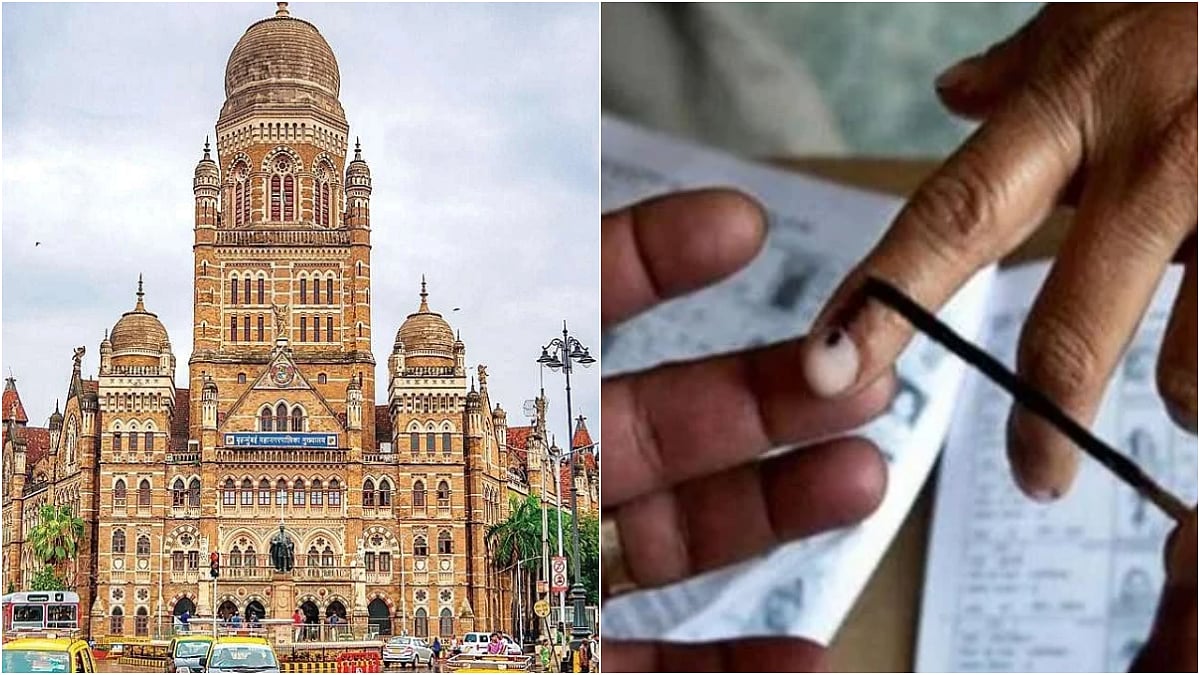The India's leading stock exchanges, National Stock Exchange (NSE) and the Bombay Stock Exchange (BSE) tug-of-war for market dominance, is heating up, as both the exchanges are making moves to attract more traders.
According to the NSE circular, the NSE will launch a 1 paisa tick size for all stocks priced below Rs 250, starting from June 10.
But, what is a tick size?
In simple terms, it is basically the smallest possible price movement between a stock's bid (buying price) and offer (selling price).
For instance, if the tick size is Rs 0.05 and the last traded price (LTP) is Rs 50, the next possible bid prices could be Rs 49.95, Rs 49.90, RS 49.85, and so on.
This means you cannot bid Rs 49.92, as it does not meet the tick size rule.
New rule with 1 paisa tick size
But now under the new rule with a 1 paisa tick size for cheaper stocks, if the LTP is Rs 50, the next possible bid prices could be Rs 50.00, Rs 49.99, Rs 49.98, Rs 49.97, and so forth.
This allows for more precise bidding, such as Rs 49.92, which was not possible under the previous 5 paise tick size rule.

With the narrower tick sizes, traders can execute more precise strategies, potentially leading to better liquidity and price discovery | Representative
The recent announcement of the NSE comes after the BSE last year introducing a similar change for stocks below Rs 100. The NSE's current tick size for stocks above Rs 15 is 5 paise, but this reduction to 1 paisa is expected to boost trading activity.
With the narrower tick sizes, traders can execute more precise strategies, potentially leading to better liquidity and price discovery.
Why is this change significant?
For one, it levels the playing field with the BSE, which has seen a slight increase in its cash market share from 7 per cent in 2023 to 8 per cent in 2024.
Furthermore, the BSE's market share in the Futures and Options (F&O) segment has soared from 5.3 per cent to 17 per cent in just a year, with a daily average turnover skyrocketing from Rs 16 lakh crore to Rs 78 lakh crore.











